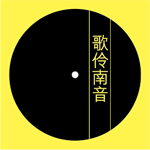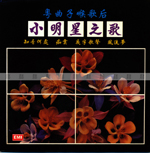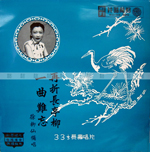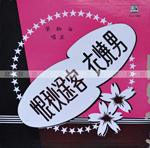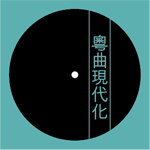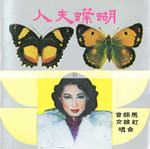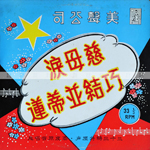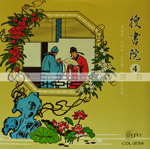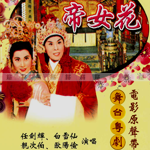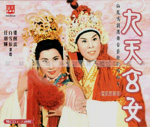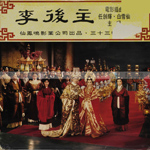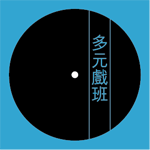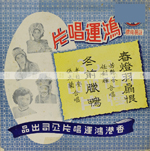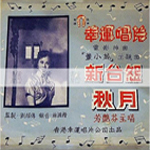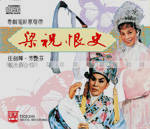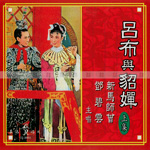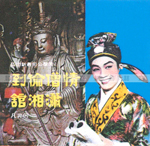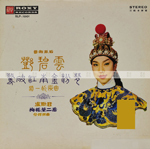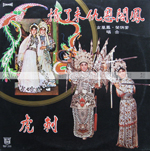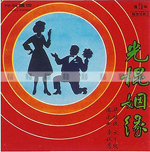Since the early twentieth century, Hong Kong has always been an important venue for Cantonese opera development. After 1949, as a result of political turmoil in the Mainland, performers and troupes converged and resettled in the territory, leading to a tremendous prospering of Cantonese opera in the subsequent decade. This development is linked intimately with the rise of the electronic media.
Performers and troupes began to grasp the possibilities offered by film and radio to re-examine age-old performance practices with regard to acting, singing, script writing, instrumentation, and stage set-up. They brought in novel elements from the theatre and movie world, and participated in the production of films and records. With these acts, they are extending the movement to modernize Cantonese opera that began in the 1930s.
Wong Jum-sum was thoroughly immersed in the world of Cantonese opera from young. Through his close encounter with master performers like Hung Sin-nui, Ma Si-tsang, Yam Kim-fai, Pak Suet-sin and Tong Dik-sang, he witnessed first hand the modernization of Cantonese opera, and was mightily moved by the adventure and passion he saw.
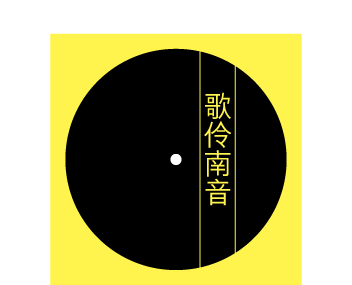
In the world of Cantonese music, individual songstresses and nan yin (southern music) singers often performed in special venues called ge tan (singing stage), housed typically in tea house restaurants. This performance convention occupied an important place outside of the opera troupes circuit. Popular in the 1930s, ‘singing stage’ recovered and flourished quickly after the Japanese Occupation. They were home to the development of star songstresses and the popularization of their special brand of singing techniques.
In this section, we have selected the classic works of three renowned performers of this tradition - Siu Ming-sing, Tsui Lau-sin and Pak Kui-wing.

